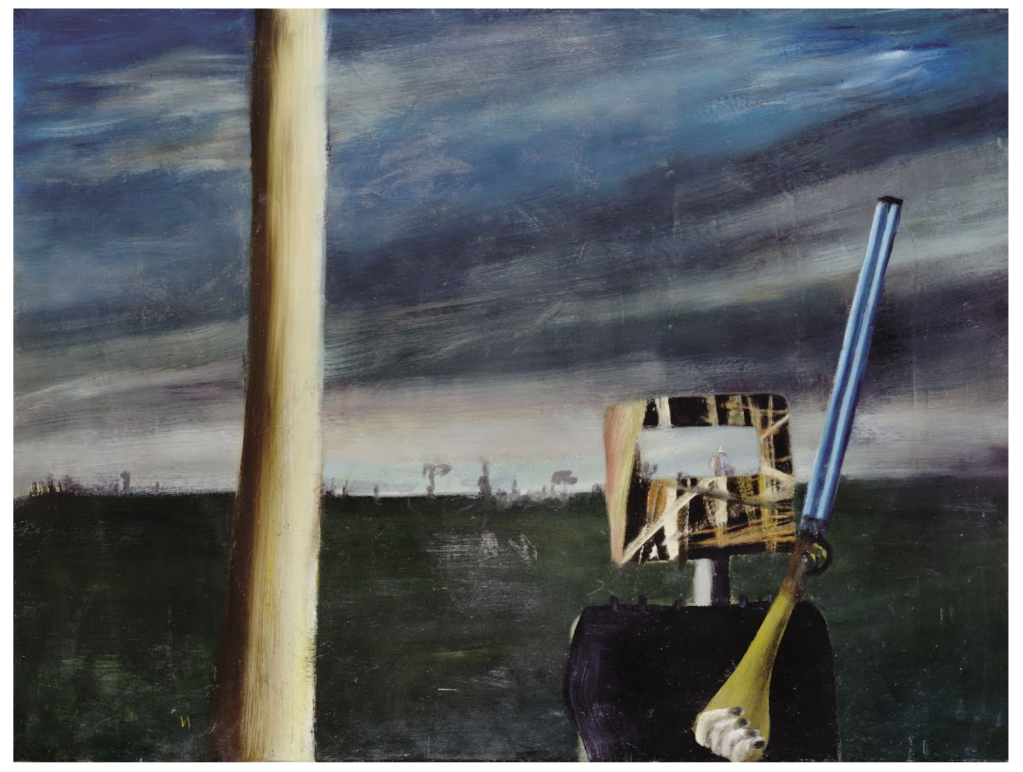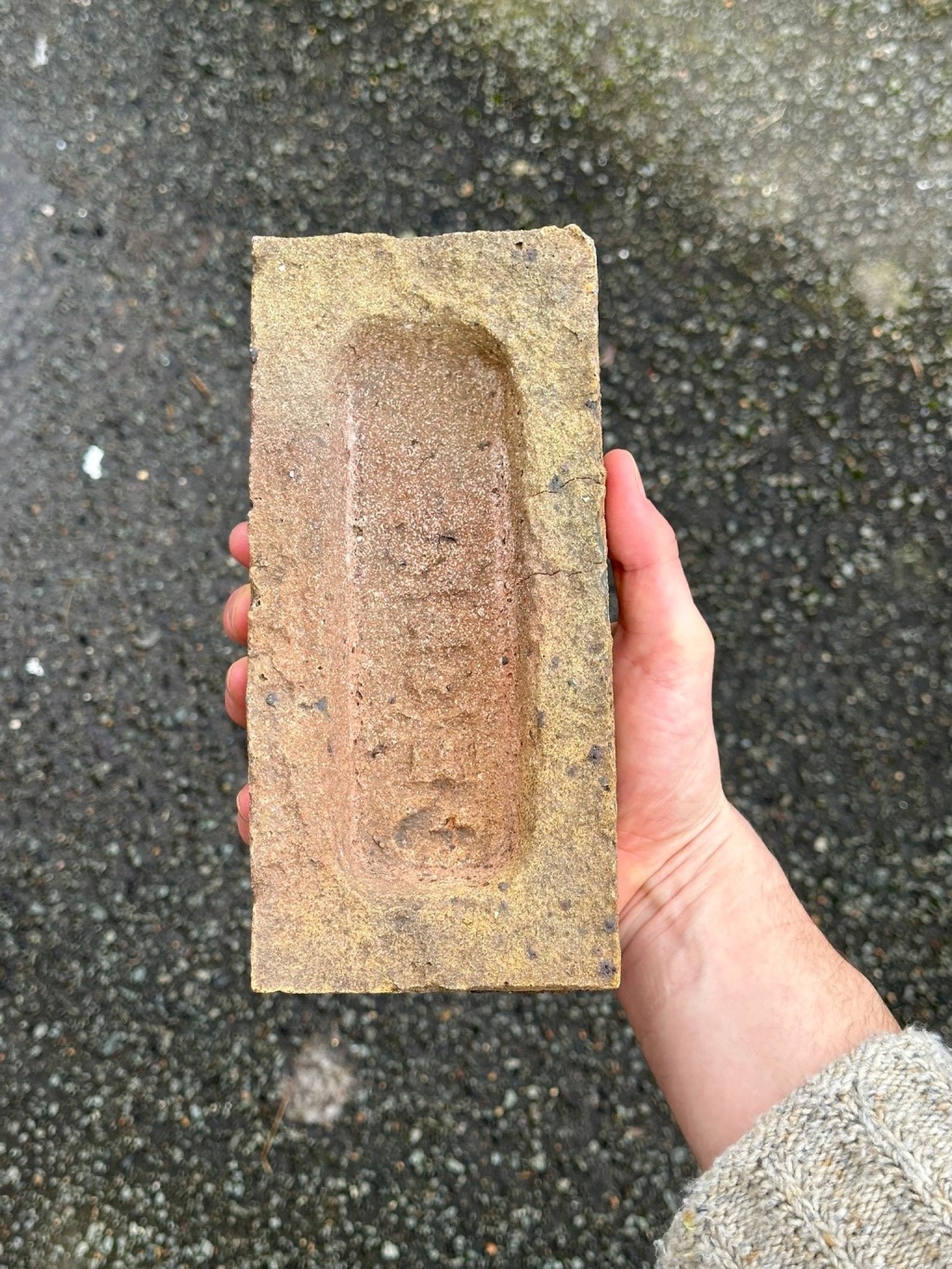
Joshua Cohen, philosopher, on Central Park, New York
GB Tell me why you chose Central Park?
JC Because it’s both beautiful and public. It is hard to think of other places that so fully combine beauty with being public—and that were originally designed for the public.
GB So people might assume you chose it for its element of natural beauty but it’s more the intellectual idea behind it that you find beautiful?
JC It is beautiful, but the natural beauty is an illusion. The space where the park was built was originally a “pestilential, rocky swamp.” That’s how the Central Park Commission described it. Central Park is completely designed, but it is designed to give the appearance of being natural. The ambition of the designers, Frederick Law Olmsted and Calvert Vaux, was to give people the experience of being in the Adirondacks. Wealthier New Yorkers in the middle of the nineteenth century could afford to go the Adirondacks. The Park was designed to give people who couldn’t get there that same experience of being in nature. So the park provides an experience of beauty and is also, as you say, driven by a remarkable intellectual idea: the democratic idea of an experience of beauty for the people. Moreover, you have the extraordinarily obsessive and creative execution, down to the finest detail, of that intellectual idea.
GB Can you give me an example of that?
JC Yes I’ll give you two. First, because the park is two and a half miles long, the Central Park Commission said that there had to be four cross-streets that connected the east and west sides of Manhattan. To achieve that design specification, while keeping the feel of the Adirondacks, Olmsted and Vaux put the cross-streets eight feet below the grade of the park. This was a complete innovation in park design. It was done in 1858, ten years before dynamite was invented. Central Park is filled with very old, hard rock, so they had to use gunpowder to create the transverses. In fact it took more gunpowder to build Central Park than was used by both sides in the battle of Gettysburg.
The second example is really the capstone experience of the park, the Bethesda Terrace, next to the pond, across from the densely-wooded Ramble. In the foyer of the Bethesda Terrace there’s a fantastic ceiling made with more than 15000 tiles. They’re encaustic tiles which means that the color and geometric design on the surface goes all they way through: it is not a glaze but multi-coloured clay. The ceiling was designed by British architect, Jacob Wrey Mould, based on his two-year-long study of the Alhambra. So this public park in New York City includes a structure with a ceiling based on one of the most beautiful works of architecture in the world. In Central Park, the Terrace serves as an architectural platform for the experience of natural beauty.
GB Artists in the twentieth century turned against the idea of beauty because of its association with bourgeois ideals. This is man-made beauty that surely anyone would be happy with.
JC Olmsted had spent the 1850s working as a journalist, writing about slavery and aristocracy. He thought that the conflict between North and South in the United States was part of a global fight between democratic and aristocratic models of society. There’s an aristocratic criticism of democracy that goes all the way back to Plato, that when you try to do things for everyone you end up with lowest common denominator crap. Olmsted saw building Central Park as a way of proving the aristocrats wrong. It was built by a democratic society for a democratic society—for the people—and was incredibly beautiful. His bet was that people would be drawn to it. In 1865 Olmsted wrote a piece making the case that Yosemite should be open to the public and he explains what’s really special about natural beauty. He contrasts the pleasure of beauty with the pleasure of reading a great novel. A novel contains moral lessons that draw you outside the story. The experience of natural beauty is completely absorbing. It’s a distinctive and important human pleasure that’s good for everyone.
GB What makes something worthy of the word Beauty to you?
JC What comes to mind immediately is that there has to be something literally arresting about the experience, but then also you have to pause over it: it is arresting and then absorbing. Something horribly ugly could be arresting but it wouldn’t be absorbing. So the experience of something beautiful is an experience of something that draws your attention and then absorbs it.




